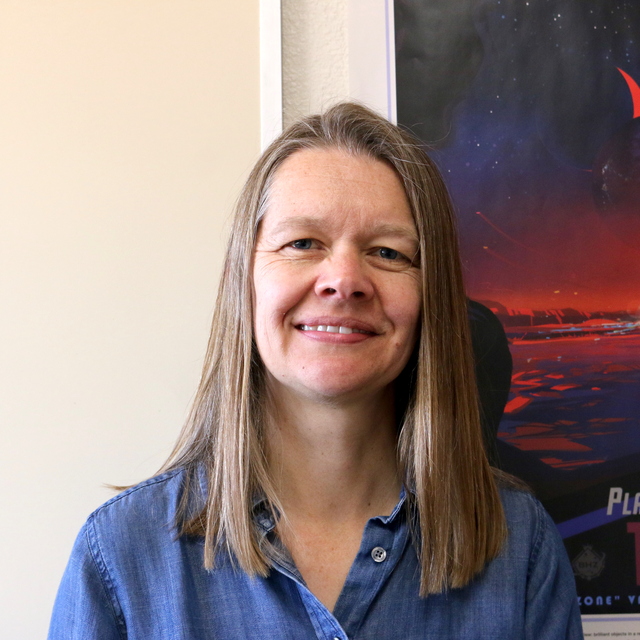June
2017
•
2017ApJ...842L..12T
Authors
•
Tofflemire, Benjamin M.
•
Mathieu, Robert D.
•
Herczeg, Gregory J.
•
Akeson, Rachel L.
•
Ciardi, David R.
Abstract
•
TWA 3A is the most recent addition to a small group of young binary systems that both actively accrete from a circumbinary disk and have spectroscopic orbital solutions. As such, it provides a unique opportunity to test binary accretion theory in a well-constrained setting. To examine TWA 3A’s time-variable accretion behavior, we have conducted a two-year, optical photometric monitoring campaign, obtaining dense orbital phase coverage (∼20 observations per orbit) for ∼15 orbital periods. From U-band measurements we derive the time-dependent binary mass accretion rate, finding bursts of accretion near each periastron passage. On average, these enhanced accretion events evolve over orbital phases 0.85 to 1.05, reaching their peak at periastron. The specific accretion rate increases above the quiescent value by a factor of ∼4 on average but the peak can be as high as an order of magnitude in a given orbit. The phase dependence and amplitude of TWA 3A accretion is in good agreement with numerical simulations of binary accretion with similar orbital parameters. In these simulations, periastron accretion bursts are fueled by periodic streams of material from the circumbinary disk that are driven by the binary orbit. We find that TWA 3A’s average accretion behavior is remarkably similar to DQ Tau, another T Tauri binary with similar orbital parameters, but with significantly less variability from orbit to orbit. This is only the second clear case of orbital-phase-dependent accretion in a T Tauri binary.
Links





